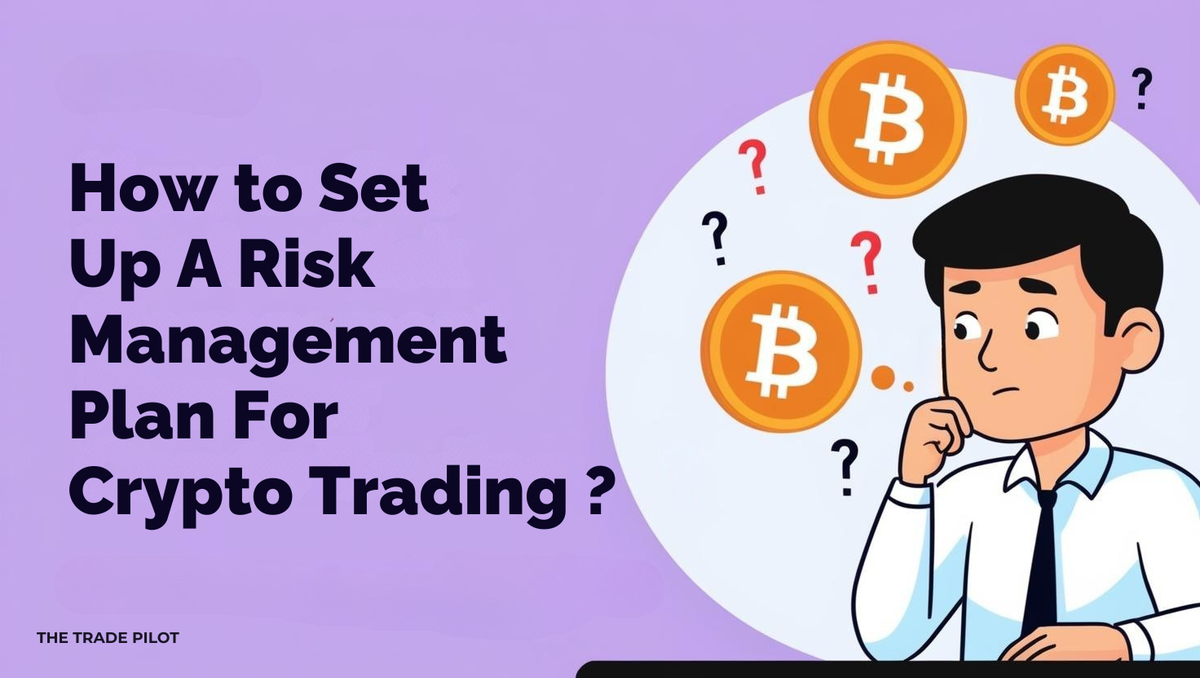Learn how to protect your funds and trade smarter with a proper crypto risk management plan. Understand position sizing, stop losses, risk/reward ratios, and more.
Risk management is the foundation of long-term success in crypto trading. While profits might grab the headlines, managing losses is what keeps traders in the game. Without a solid plan to control risk, even the best strategies can collapse during volatile market conditions.
In this guide, we’ll walk you through the essential components of a risk management plan and how to implement it in your crypto trading routine.
Why Risk Management Is Critical
The crypto market is known for its explosive volatility. Prices can swing dramatically in minutes, making it easy to lose significant funds on a single poorly managed trade. Risk management is about protecting your capital—so you can survive losing streaks and stay ready to seize future opportunities.
Even professional traders lose trades. The difference is they control the size and impact of their losses.
Define Your Risk Tolerance
Before anything else, understand your own comfort level with risk. Are you conservative, moderate, or aggressive in your approach?
Ask yourself:
- How much of your total capital are you willing to risk in trading?
- How much are you comfortable losing on a single trade?
- Would you be okay losing 3–5 trades in a row?
A conservative trader might risk 1% of their portfolio per trade. A more aggressive trader may go up to 3–5%. Define your limit clearly, and stick to it.
Determine Your Position Size
Position sizing is one of the most important elements of risk management. It determines how much of your capital you commit to a single trade.
Basic formula:
Position Size = Capital × Risk per Trade / Stop Loss %
For example:
- Capital: $10,000
- Risk per trade: 2% ($200)
- Stop loss: 5%
$10,000 × 0.02 / 0.05 = $4000 position size
This helps you limit your losses while still participating meaningfully in the market.
Use Stop Loss Orders
A stop loss automatically closes a trade when the price hits a certain level—limiting how much you can lose.
Stop losses:
- Remove emotions from decision-making
- Prevent large losses from runaway trades
- Are essential for volatile crypto markets
Place your stop loss based on technical levels like support zones or moving averages, not just random numbers.
Set Realistic Risk/Reward Ratios
A risk/reward ratio compares how much you’re risking vs. how much you expect to gain.
Common recommendation: Risk 1 to make at least 2 or 3
This way, even if you lose more trades than you win, you can still be profitable in the long run.
Example:
- Risk: $100
- Target profit: $200
That’s a 1:2 ratio.
Avoid setups where the reward isn’t worth the risk—those drain your capital over time.
Diversify, Don’t Overexpose
Avoid putting all your funds into a single coin or trade. Diversify your portfolio across multiple assets and strategies. If one asset drops, others may hold or rise.
Don’t chase losses by increasing position sizes. That’s how small mistakes become catastrophic.
Track Your Trades and Analyze Mistakes
Document every trade you make:
- Entry and exit price
- Reason for trade
- Stop loss and target
- Outcome and what you learned
This helps you refine your plan over time and spot patterns in your behavior. Mistakes are learning opportunities—if you review them.
Use Tools to Automate and Enforce Your Plan
Trading bots like The Trade Pilot allow you to set fixed stop losses, take profits, and risk levels. This helps remove emotions and ensures consistency, especially when trading across many pairs.
In The Trade Pilot, you define your Take Profit, Stop Loss, and optional Trailing Stop. You can also control how much funds the bot can use and set specific rebuy behavior to manage risk effectively over time.
Automation makes it easier to stick to your plan—especially when markets move fast.
Final Thoughts
A well-thought-out risk management plan is what separates disciplined traders from reckless gamblers. By managing your position size, defining your loss limits, and using stop losses wisely, you give yourself the best chance of long-term success.
Even the best traders can't predict the market—but they can control how much they lose. Make risk management your number one rule.

